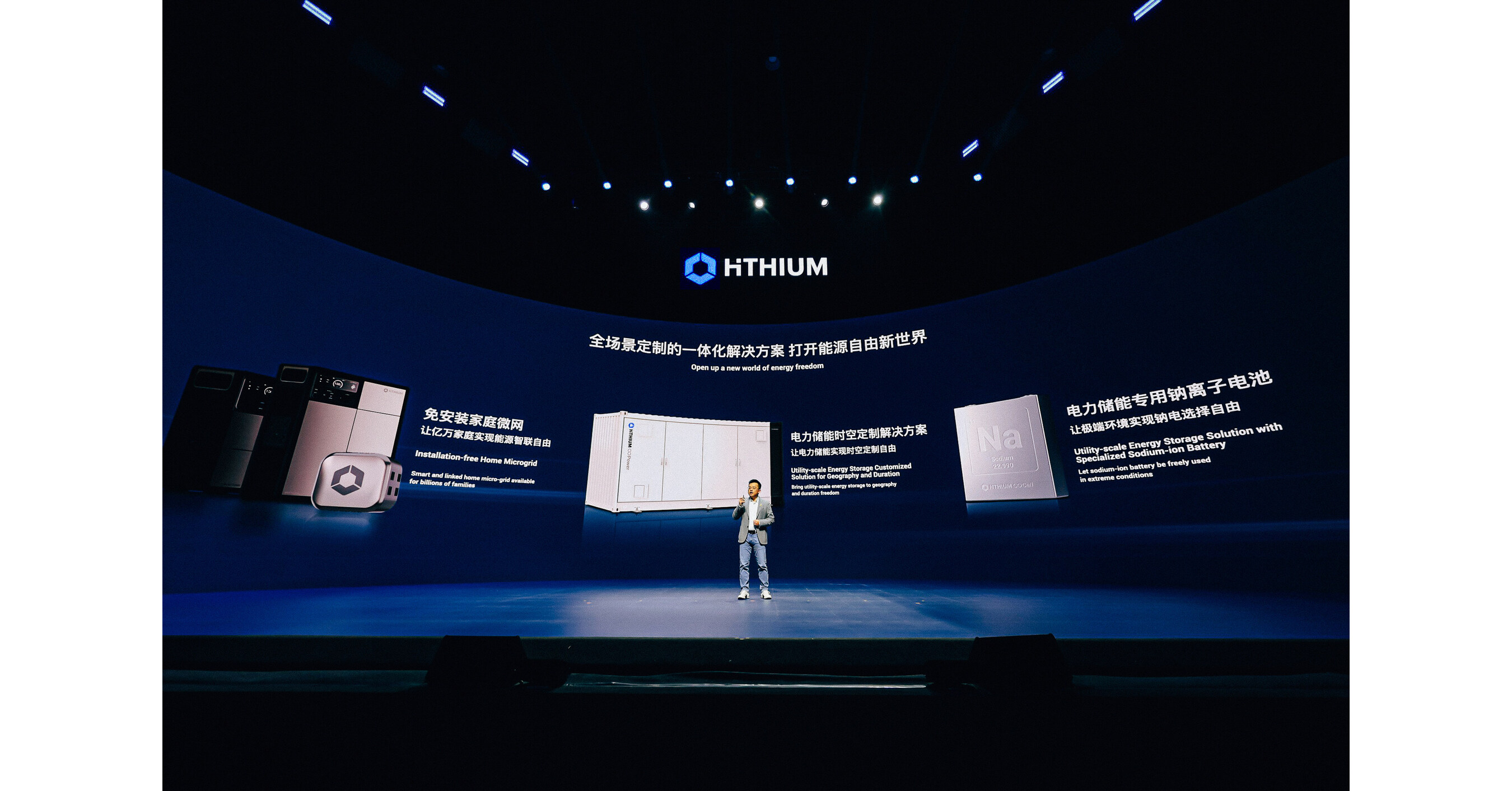When Marijane Sisson looks out the kitchen window of her home outside Cañon City, she is greeted with views of rolling hills and a grassy meadow. Some days, when she’s lucky, a herd of elk appears in the meadow.
Sisson and her husband purchased the property in June and moved from Louisiana to live in the South T Bar Ranch development. In the neighborhood of more than 100 properties, located a 45-minute drive northwest of Cañon City, they found a peaceful home nestled in a remote community.
Then the couple received a notice they didn’t expect: Uranium drilling would begin in the coming year. Emerging plans for exploratory prospecting included setting up a drill site right across the road from the Sissons’ house, in the view through their kitchen window.
“I was stunned, taken aback. I’m not sure I even have the words,” she said.
Sisson is among many residents of South T Bar Ranch alarmed by an Australian company’s plans to drill in the subdivision as a way to learn more about the uranium deposits beneath it. An appeal by a homeowner to stop the prospecting failed last week, allowing Global Uranium and Enrichment to proceed. It could drill as many as 20 holes in the area this year.
While original homeowners in the community owned some of the mineral rights and knew drilling was a possibility, the plans caught others by surprise, said Skip Blades, who owns three parcels in South T Bar Ranch. He appealed the company’s plans.
“It’ll be right in the front yard of the community,” Blades said. “It’s just going to destroy the area. This is a residential community.”
The drilling by Global Uranium and Enrichment, previously known as Okapi Resources, comes as prices for the radioactive element soar. They reached a 16-year high Monday as global supplies tighten and demand for nuclear power rises — and as alternatives to oil and gas energy become more appealing.
The market shift has spurred the opening of new uranium mines in the United States for the first time in eight years — including three in the Mountain West.
“Governments around the world are increasingly realizing the importance of reliable, carbon-free power generation, and uranium’s key role in this,” Global Uranium and Enrichment states on the company’s website. “We’re answering the increasing call for uranium.”
This isn’t the first time that call has brought mining companies to southern Colorado’s Fremont County.
The area around South T Bar Ranch has been mined and explored since the element was discovered in the vicinity in 1954. Uranium for years served as a major industry in the Cañon City area — and it has left scars.
Radioactive tailings from the Cotter uranium mill, which operated from 1958 to 2006, sit in a designated Superfund site just outside the town of 17,000, despite a 40-year effort to clean it up.
According to Global Uranium and Enrichment, there could be more than 49 million pounds of uranium compound remaining in the area.
A long history of drilling in the area
The company plans to drill over a 60-day period between May and December. The goal is to extract samples of the rock and minerals for further study.
Crews will work 24/7 to drill 5-inch-diameter holes 700 feet into the ground to collect the samples, according to the company’s application for a Colorado Division of Reclamation, Mining and Safety permit. Each hole will require a drill pad area of 6,400 square feet, cleared of grass and rocks, and will remain open for about six days. After the samples are extracted, the company will fill and cover the holes.
More than 1,400 such holes have been drilled in the vicinity as different companies have come and gone.
Blades and Sisson worry the drilling could disrupt wildlife and contaminate their water supply. The drills will push through underground aquifers. Some of the drilling will occur near Tallahassee Creek, which feeds into the Arkansas River.
Company representatives and staff from the Division of Reclamation, Mining and Safety said water contamination was unlikely. Company representatives also said they would comply with wildlife officials’ recommendations to mitigate harm to wildlife and would try to minimize disturbances to the neighborhood.
In a written response to Blades’ formal complaint, a company representative said the drill areas would quickly revegetate. The company also said it would point lights toward the ground at night to minimize light pollution, adding that noise from the drill to be used “is relatively muted when compared to other drills.”
Global Uranium and Enrichment presented its plans in June to the South T Bar Ranch Property Owners Association and residents. Company representatives declined an interview request from The Denver Post.
It’s one of several companies expanding uranium production in the Mountain West to take advantage of the high prices. Another is Lakewood-based Energy Fuels Inc., which is restarting production of uranium at three mines in Arizona and Utah and plans, within the year, to open a mine in Wyoming and a mine in Colorado.
“The company’s decision to ramp-up uranium production at this time was driven by several favorable market and policy factors,” according to a Dec. 21 news release. Among those cited by Energy Fuels Inc. were the potential to address global climate change by harnessing nuclear energy and “the need to reduce U.S. reliance on Russian and Russian-controlled uranium and nuclear fuel.”
One of the company’s mines, called the Pinyon Plain Mine, sits 10 miles south of the Grand Canyon, inside the newly-created Baaj Nwaavjo I’tah Kukveni National Monument. That mine long has been opposed by environmental groups and the Havasupai Tribe.

Failed attempt to halt plans near Cañon City
Outside Cañon City, the state’s reclamation and mining division in November issued Global Uranium and Enrichment a permit to prospect for uranium at South T Bar Ranch.
A week later, Blades filed an appeal to the Mined Land Reclamation Board, arguing the company should have sought a permit for development instead.
A prospecting permit allows a company to look for minerals, to attempt to quantify how much there is below the surface and to gather the data necessary to create an extraction plan. A development permit allows a company to extract the mineral and requires more robust notification to the public, along with a lengthier public comment period.
Blades argued the company had moved beyond the prospecting phase of the project because it already knew how much uranium exists in the area — and where to find it.
On its website and in financial statements, the company has included maps of the deposits and estimates of the amount of uranium sitting beneath the soil.
“Okapi has downplayed their knowledge of drilling history … so they don’t have to be accountable to the state of Colorado requirements for a mining permit,” Blades said, referring to the mining company by its prior name.
Global Uranium and Enrichment representatives, however, said they didn’t have enough data. And the data they do have is not the company’s own.
“Yes, drilling for uranium has taken place in this district since the 1970s and the drill data is available,” its Oct. 2 response states. “The purpose of our program is to collect additional hydrological, metallurgical, geochemical, geotechnical and environmental data that will be used to conduct additional laboratory and technical studies. The program is designed to help answer questions about extraction, processing and the associated costs.”
The company said it couldn’t use old data collected by a different company to ask a bank for money or to request a mining permit from the state.
“We’ve actually never drilled a hole at the Tallahassee site,” Andrew Ferrier, managing director of the company, said Wednesday during a four-hour hearing by the Mined Land Reclamation Board.

The board’s seven members rejected Blades’ appeal and allowed the company’s project to proceed.
Despite the failed appeal, Blades said he and his neighbors won’t give up. They are more organized and informed now.
“Our fight has just begun,” he said.
“It’s more of a wait and see,” another resident says
The proposed drilling has caused a rift among some of South T Bar Ranch homeowners.
The first group of people to buy into the community owned the mineral rights in the area. In 2008, the property owners created a company — South T Bar Minerals — to deal with the mineral rights and in 2010 sold some of those rights to a company, which Global Uranium and Enrichment eventually purchased.
But people who bought property later did not get a share of the mineral rights. In Colorado, surface property can be split from mineral rights beneath the surface. About half of current residents are part of South T Bar Minerals, said Becky Renck, the president of the South T Bar Ranch Property Owners Association and a member of South T Bar Minerals.
Renck bought her first property in the community in 1999 and has served on the property owners association board for 14 years.
She first heard of Global Uranium and Enrichment’s plans in the summer of 2022 through the mineral rights company. She said she wasn’t worried about the potential drilling.
“It’s certainly not a panic or an ‘Oh no’ (situation),” she said. “It’s more of a wait and see. They’re a long way away from doing any mining.”
She said she understood that newer owners might feel frustrated or blindsided. But Global Uranium and Enrichment’s leaders have communicated with the community, she said, and have answered all questions she’s sent on behalf of property owners.
“In my perspective, the mining is going to happen sometime in our lives anyway, so why not work with a company that we know and is willing to work with us?” Renck said. “I think it’s the way of the world going forward.
“If we’re sitting on the uranium and the world needs it, so be it.”
Get more Colorado news by signing up for our Mile High Roundup email newsletter.







